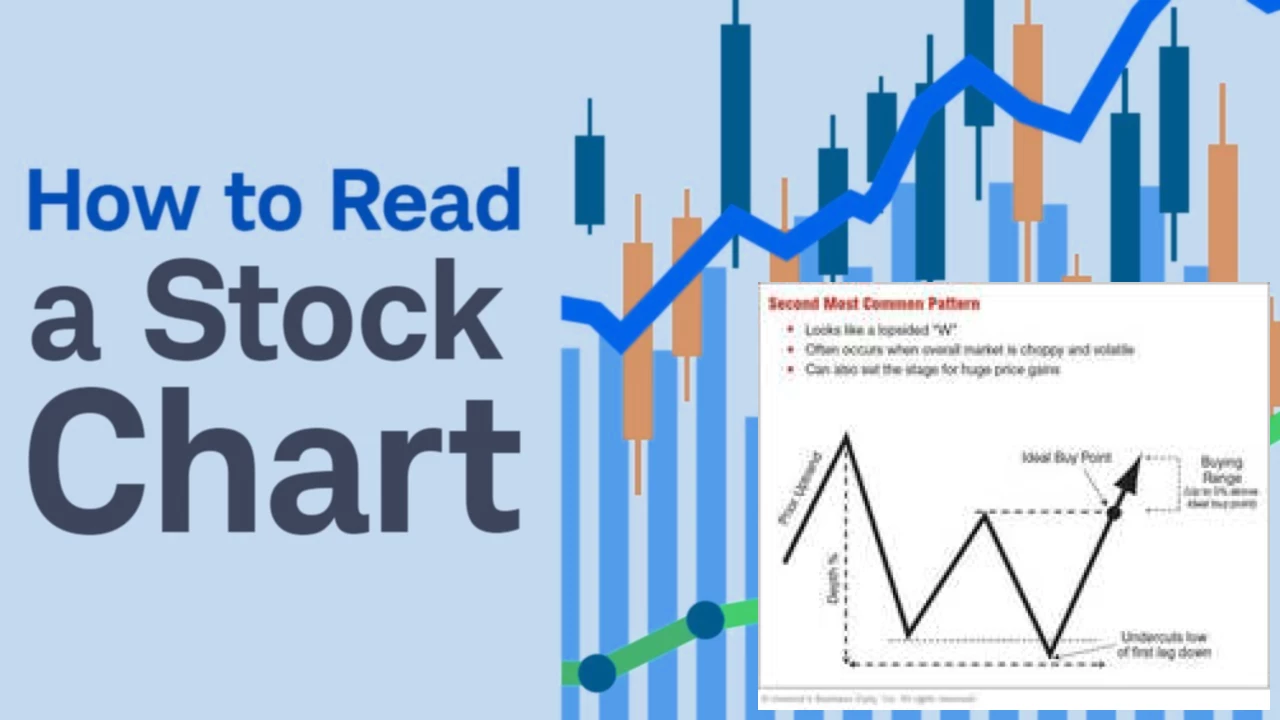A staggering 80% of individual investors lose money in the stock market within their first year. This isn't inevitable. With the right knowledge and strategy, you can significantly improve your chances of success. This guide will empower you to navigate the world of stock investing with confidence.
So, you want to learn how to read stock charts and avoid losses? Many people are intimidated by the complexities of the stock market, but it doesn't have to be so daunting. Let's break down some key concepts and strategies to help you on your journey. What if I told you that understanding the basics is the first step to achieving financial freedom through smart investing?
Three essential steps to begin your stock market journey:
- Educate yourself on fundamental analysis.
- Master the art of chart reading.
- Develop a robust risk management strategy.
Understanding stock charts is crucial for informed decision-making. Similar to learning a new language, it takes time and practice, but the rewards are immense. Below is a simplified comparison of two popular charting methods.
| Chart Type | Description | Advantages | Disadvantages |
|---|---|---|---|
| Candlestick Charts | Show open, high, low, and closing prices for a given period. | Visually appealing; reveals price action clearly. | Can be overwhelming for beginners; requires practice to interpret effectively. |
| Line Charts | Illustrate price movements over time with a single line. | Simple and easy to understand; suitable for beginners. | Doesn't show the intraday high and low prices. |
Choosing the Best Stock Apps for Simple Use
Many excellent stock trading apps cater to beginners. The best app for you depends on your specific needs and preferences. Consider factors such as user interface, educational resources, and available features when making your choice. Isn't it amazing how technology simplifies accessing the stock market?
Busting Common Stock Investing Myths
Many misconceptions surround stock market investing. One common myth is that timing the market perfectly is key to success. This is simply not true. Consistent, long-term investing is a far more effective strategy. Another frequently heard misconception is that you need a lot of money to start investing - many brokerage accounts let you start with small amounts.
Remember, investing involves risk. However, by educating yourself, practicing due diligence, and utilizing the available resources, you significantly reduce these risks.
Many investors believe that day trading is a path to quick riches. This is often far from the truth. Day trading requires significant expertise, discipline, and often leads to losses for beginners. It's better to focus on long-term, value-based investments, unless you are a very experienced and well-capitalised trader.
"The stock market is a device for transferring money from the impatient to the patient." - Warren Buffett
Frequently Asked Questions (FAQ)
- Q: How much money do I need to start investing? A: Many brokerage platforms allow you to start with relatively small amounts, even a few hundred dollars.
- Q: What are the risks involved in stock investing? A: Investing inherently involves risks, including the possibility of losing some or all of your investment.
- Q: What is fundamental analysis? A: Fundamental analysis involves evaluating a company's financial health and future prospects to determine its intrinsic value.
- Q: How can I learn more about stock chart reading? A: Numerous online resources, books, and courses are available to help you master this skill.
- Q: What is a good risk management strategy? A: Diversification, setting stop-loss orders, and avoiding emotional trading are key components.

